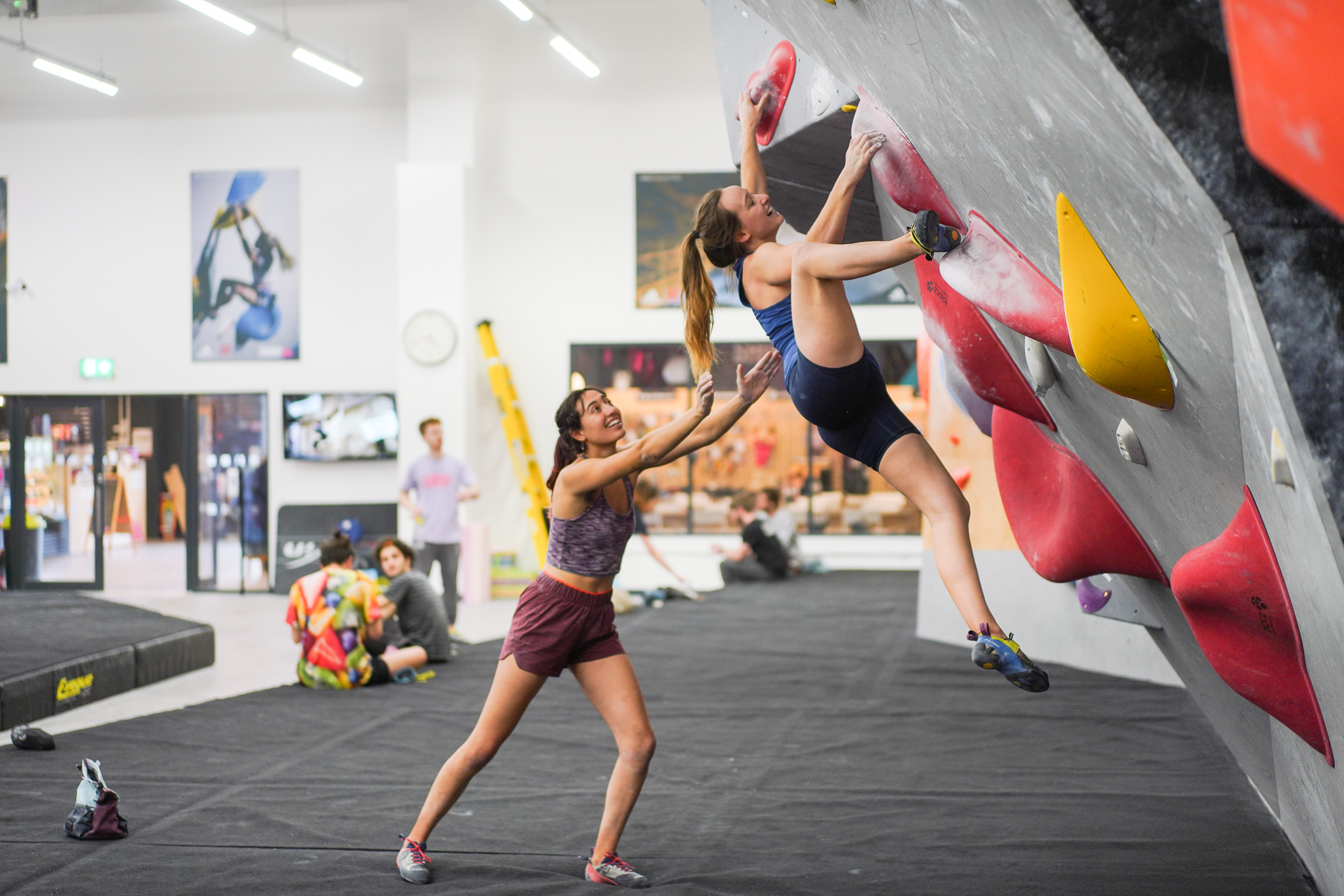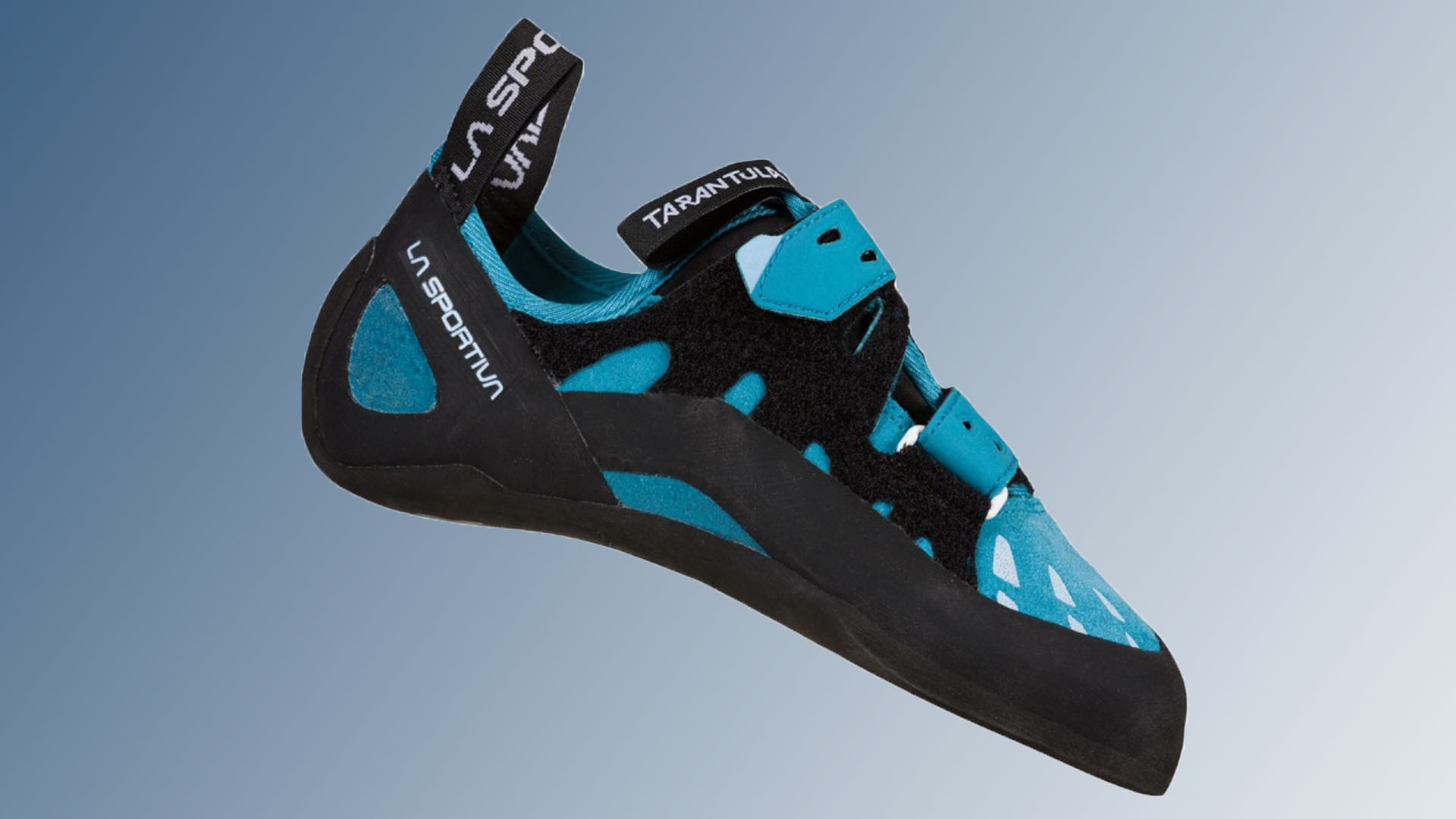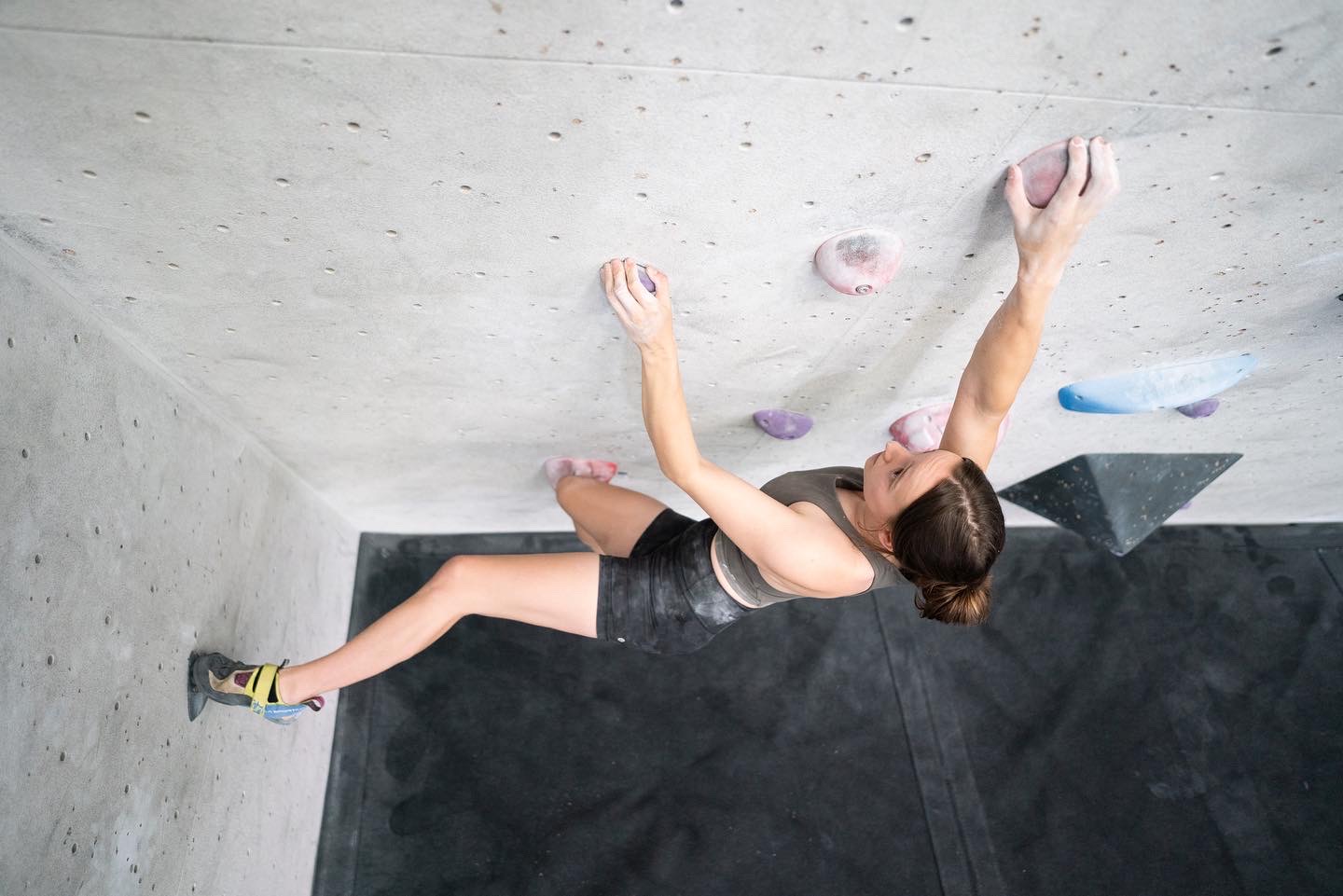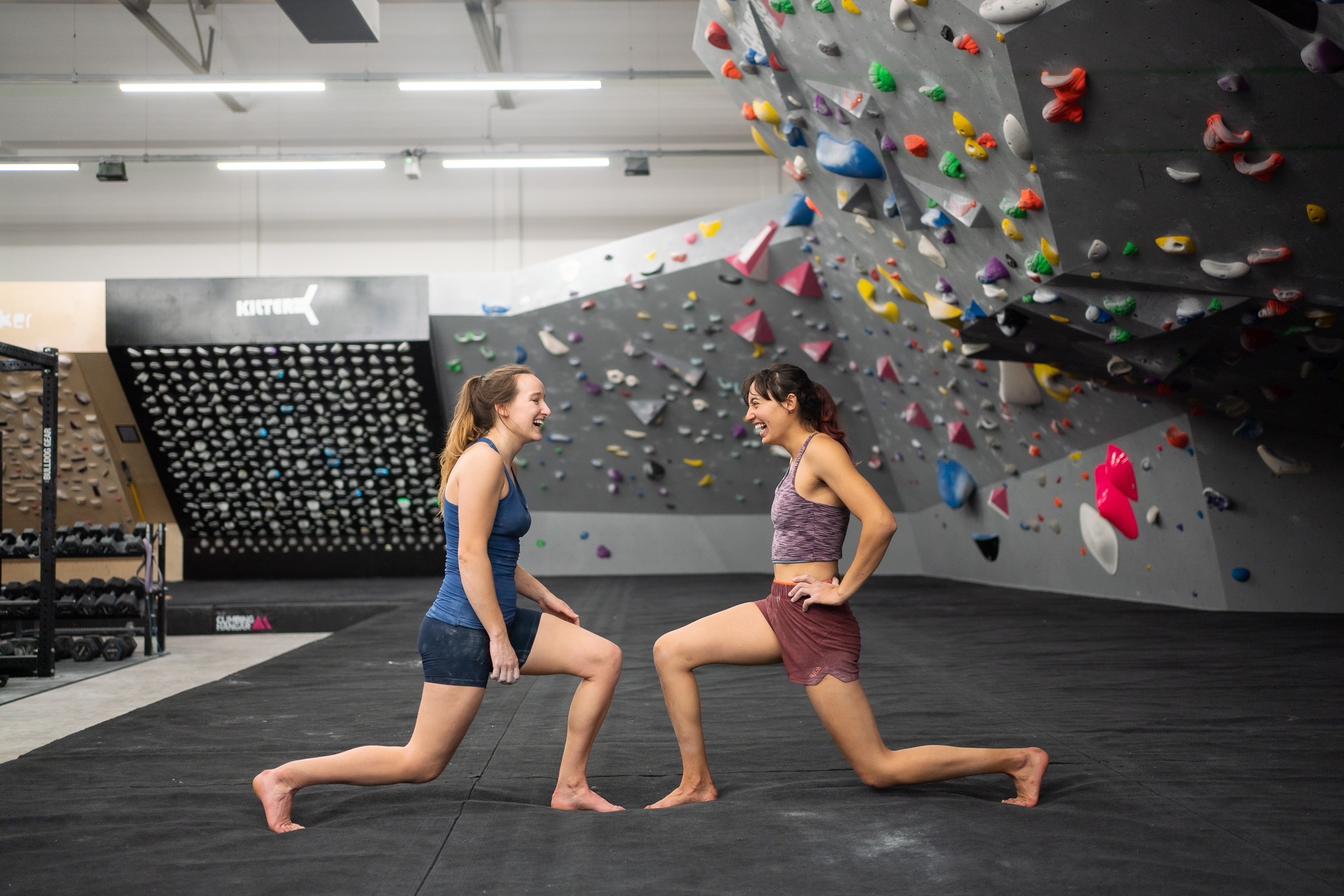Providing a fun, sociable way to keep fit and develop new skills, indoor climbing walls are popping up in practically every city in the UK. A far cry from the image you might have when you think of rock climbing; of complicated climbing gear, meters of tangled rope and intimidating metalwork, indoor climbing is surprisingly fuss free and a fantastic way to get established in the sport. If you’ve never been to an indoor climbing wall, this article will help you on your way to understanding what you can expect once you get there.
Related: How to Get Into Climbing
As the number of indoor climbers in the UK grows each year, climbing gyms place a focus on accommodating newcomers to the sport. The climbing community takes pride in its supportive attitude and many indoor walls go above and beyond to make their facilities a welcoming environment. Climbers are a friendly bunch – you’ll likely find that your local climbing wall is welcoming and encouraging and you certainly won’t be the only one getting to grips with the sport.
What You’ll Need to Bring
While indoor roped climbing might require some extra bits of gear, indoor bouldering is remarkably fuss free when it comes to equipment.

If you’re heading down to your local bouldering gym, you’ll need just a pair of climbing shoes. Generally, you can hire climbing shoes for a couple of quid on arrival. You might also want to purchase some climbing chalk, a roll of tape and perhaps a bouldering brush, though these will all likely be available for you to buy at the wall.
Kit List
Climbing Shoes
Your climbing shoes are your most important bit of kit and the only real essential for indoor bouldering. Climbing shoes are different to your average street shoe because they’re designed with maximum friction in mind. A thick rubber sole ensures you can stand on holds and textured wall with ease. You can find advice on how to pick a pair of shoes in our ‘How to Choose A Pair of Climbing Shoes’ article.

Chalk
Climbing chalk comes in a variety of different forms; loose, chalk blocks, chalk balls and liquid chalk. It really comes down to personal preference which type you opt for, as each will help to keep your hands dry and grippy when holding onto climbing holds. You can use a chalk bag or bouldering bucket to store your chalk in.
Climbing Tape
Climbing tape is a fantastic addition to any climber’s kit bag, especially in your first few months of climbing. Climbing holds can be tough on the skin and a thin tape can be used as a protective measure to ensure you don’t end up with small nicks or cuts.
A Bouldering Brush
Climbers often use brushes to remove the build up of chalk and shoe rubber from holds. This improves grip and makes them easier to stand on. Climbing walls typically provide longer brush sticks for customers, but a personal brush to pop in your chalk bag is a convenient way to keep holds free from detritus as you climb!




